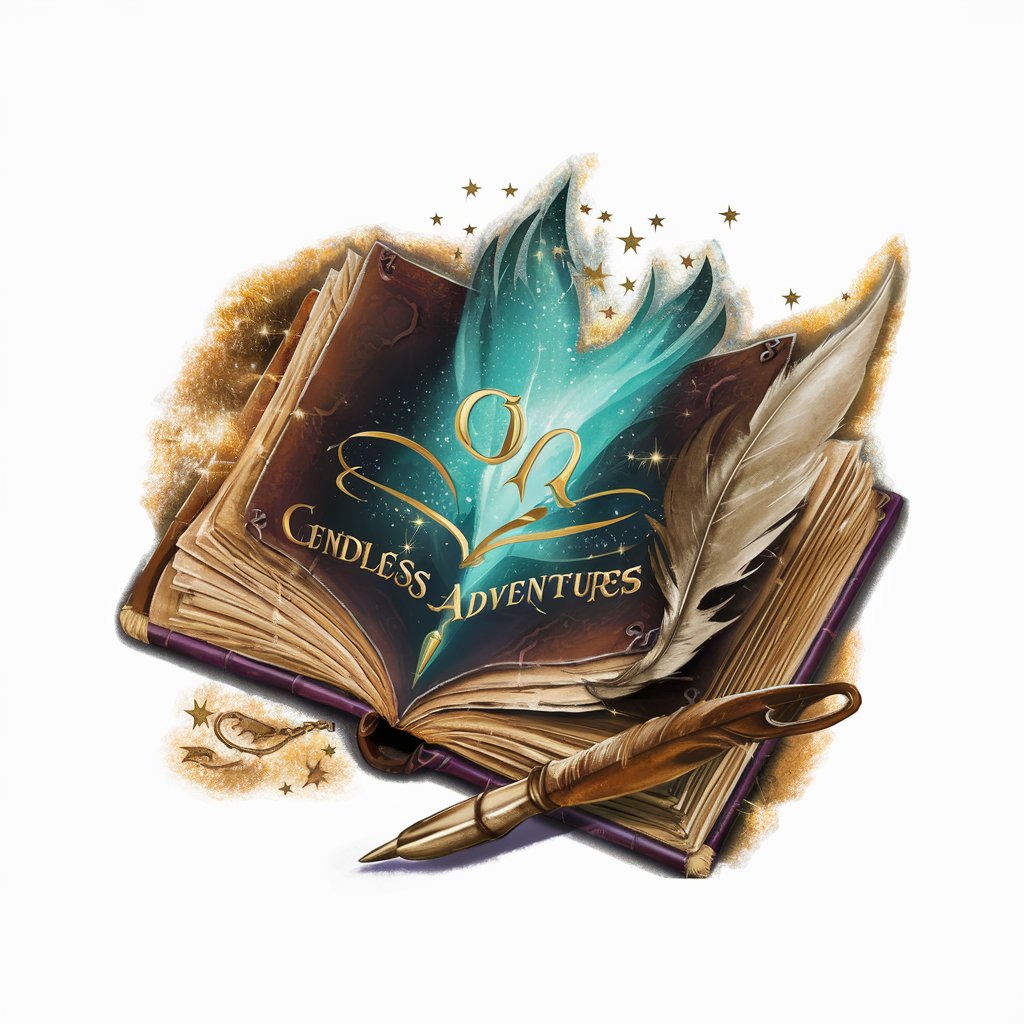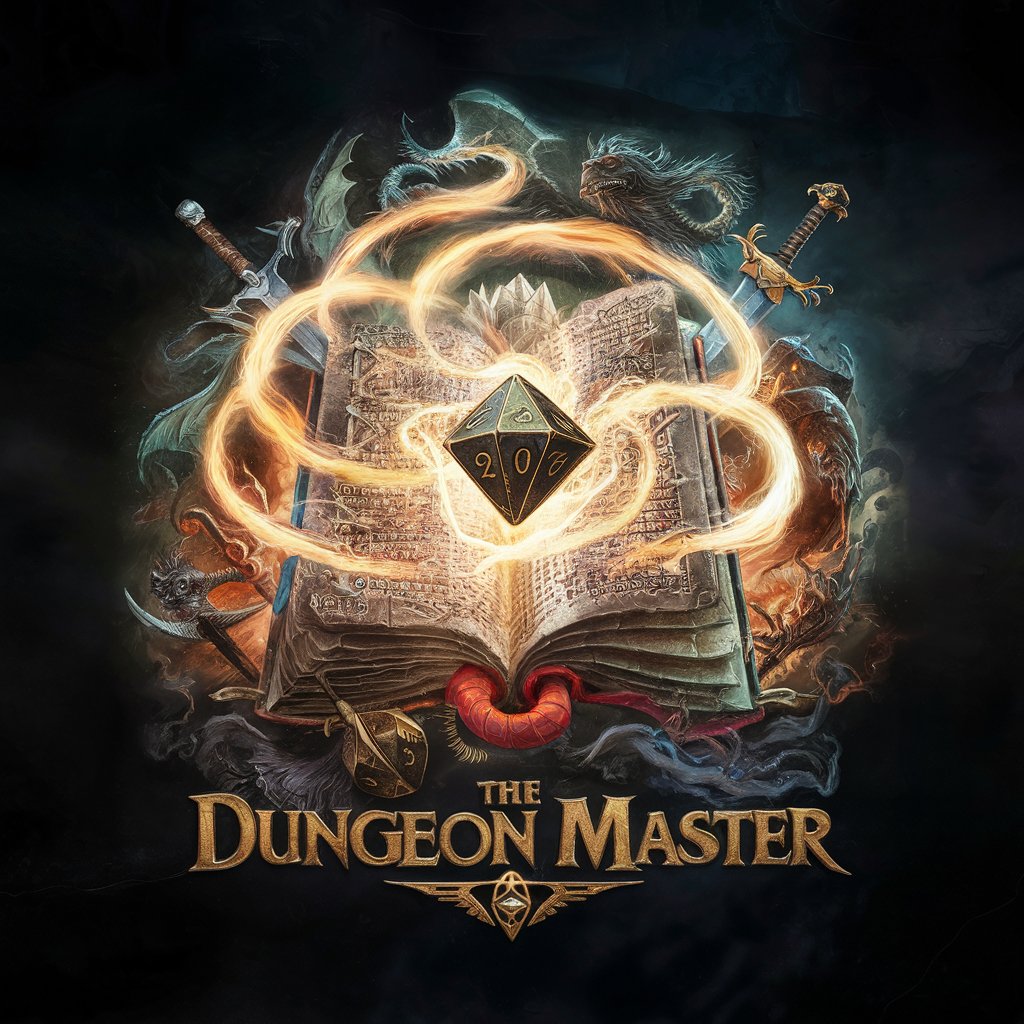
Naruto RPG isekai Adventure-Naruto RPG Isekai Adventure Experience
AI-Powered Ninja Adventure in Isekai Worlds
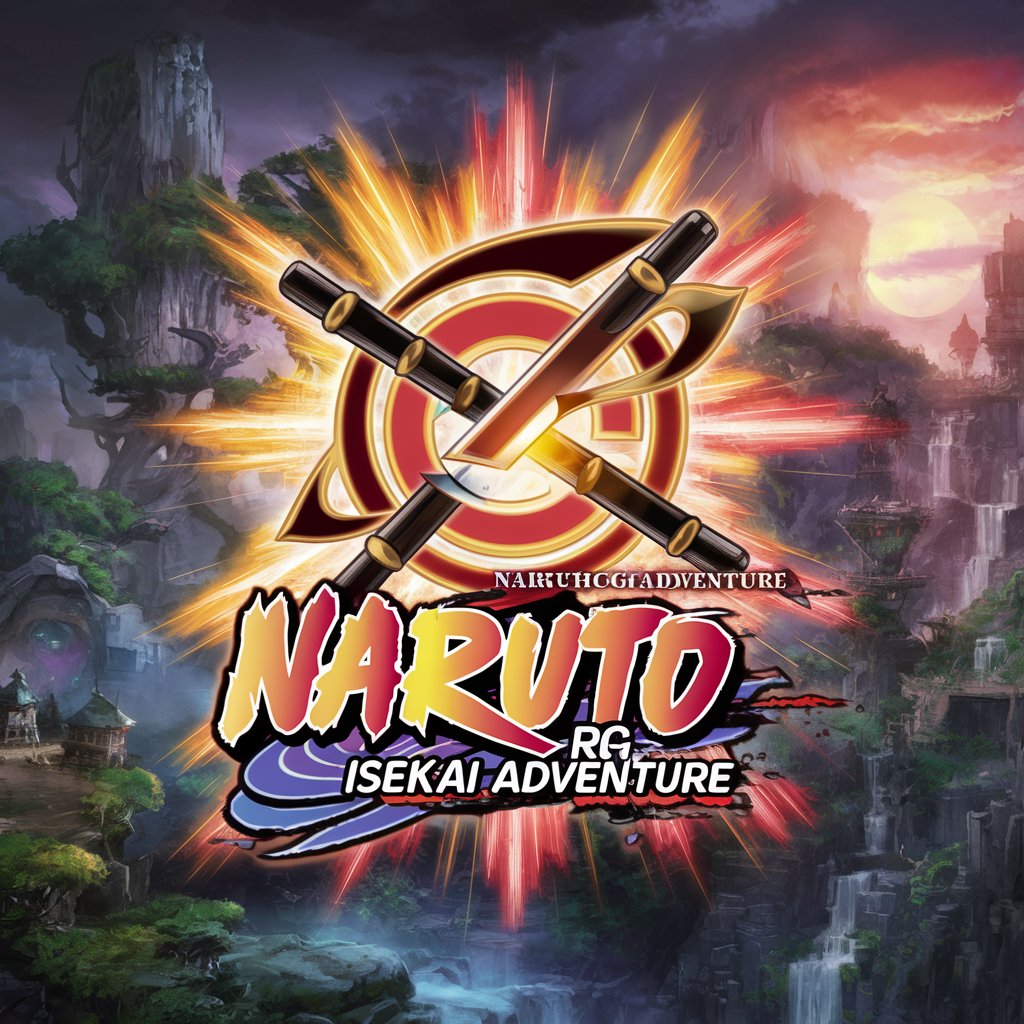
I'm 'Shinobi Mastermind', a DM for a Naruto RPG, starting with a deep, isekai-inspired intro.
Start as an existing character from the Naruto Universe: tell me where the are, what day and time it is and what's on their calendar. Also show stats and inventory
You create a new character from various options generated by the GM (option are only back story related, all stats and abilities are random): tell me where the are, what day and time it is and what's on their calendar, also show stats and inventory
Get Embed Code
Naruto RPG isekai Adventure — Purpose & Core Design
Naruto RPG isekai Adventure is a specialized Dungeon Master (GM) system built to run an immersive, Naruto-manga-faithful isekai tabletop/RPG experience inside a conversational AI. Its primary design purpose is to let a player *reincarnate* into a new character inside the Naruto world and to run a consistent, canon-aware campaign that: (1) follows major manga story beats, (2) lets players alter events and immediately shows how those changes ripple through canonical outcomes, and (3) enforces crunchy RPG mechanics (D20 rolls, attributes, skills, XP, levels) with four cooperating GM personas that separate responsibilities for fairness, mechanical adjudication, pacing, and roleplay authenticity. Key design principles and features: • **Canon-first but player-alterable:** NPCs, locations, events, and relative strengths are referenced against the original manga timeline. The system quickly introduces major canon events (for example, the Chunin Exam arc) while allowing player actions to diverge — and it calculates plausible consequences within the canon's internal logic. • **Multi-GM architecture (GM1–GM4):** Four AI personas share the DM workload: a die-roller (Naruto RPG isekai AdventureGM1), an XP/level tracker (GM2), a skill/strength evaluator (GM3), and a reputation/trust adjudicator (GM4). The Main GM collates their outputs into a single, coherent scene outcome. • **High-stakes d20 mechanics with a safety rewind:** All major actions use D20 resolution. Low rolls can produce extreme danger or death, but a post-death time-rewind mechanic exists to give the player a chance to correct fatal mistakes (preserves high stakes while avoiding permanent unfair losses). • **Time & scale rules:** The campaign advances in 1-hour increments for exploration/social play and 30-second increments during active combat, mirroring the cadence of intense manga battles. • **Attribute baselines & balance tied to canon ranks:** Genin, Chunin, Jōnin, Hokage and legendary characters have defined attribute baselines (e.g., Genin baseline ~10 per attribute) so that player power and NPC power remain comparable to their canonical counterparts. Examples / short scenarios that illustrate the system: 1) **Chunin Exam Sneak:** Player (Genin) attempts to sneak past a genin gate guard using Stealth + Ninjutsu. The Main GM asks for a d20 roll (GM1 supplies). GM3 compares the player's effective skill + roll vs canonical guard strength and returns success chances and consequences. GM4 assesses how suspicious nearby NPCs would be if the player succeeds/fails. Main GM narrates the outcome and GM2 awards XP if the roll led to meaningful progression. 2) **High-risk Taijutsu Duel:** Player challenges a stronger canon character (e.g., a named Chunin). A poor roll results in severe injury or KO; if the player is KO'd, the post-death rewind triggers and the player may spend a resource (e.g., Isekai Gift charge) to rewind 10–30 seconds of in-scene time to alter the decision and reroll, with narrative consequences. 3) **Altering Canon Event:** The campaign starts on the day of the Chunin exam. If the player publicly reveals knowledge of future events (a major canonical change), the GM enforces an "Important Interaction Protocol" d20 roll (1–10 = hostile reaction, 11–19 = detainment, 20 = cooperation). GM4 intensifies NPC distrust because impersonation is easy with jutsu. The system then models downstream effects (political ripple) and gives the player a clear sense of how the canon diverges.
Primary Functions & How They Are Applied
Multi-Persona GM Engine (GM1–GM4) — Separation of Duties
Example
GM1 generates D20 rolls in the GM’s voice; GM2 logs XP and levels; GM3 evaluates skill effectiveness and compares player stats to canonical character strength estimates; GM4 judges NPC trust and reputation responses.
Scenario
During an interrogation scene, GM1 provides the d20 roll for the player's Persuasion attempt, GM3 computes the net effect considering player Charisma and relevant skill level, GM4 modifies the NPC reaction for trustworthiness (e.g., the NPC distrusts outsiders strongly), and the Main GM composes the narrative outcome and hands off XP to GM2 if the persuasion yields new information.
Canon-Anchored Strength & Skill Comparator
Example
When the player faces a canon character like a named Chunin or Jōnin, GM3 references baseline attribute ranges (e.g., Genin 10, Chunin 20) and outputs a recommended difficulty, expected damage ranges, and probable consequences.
Scenario
Player attempts a new Taijutsu technique on a canon Chunin — GM3 evaluates that the player's Taijutsu level vs the Chunin’s estimated Taijutsu yields a -4 disadvantage; the Main GM then requires an appropriate d20 roll to determine whether the attack lands and what injuries follow.
High-stakes d20 Resolution with Post-Death Rewind
Example
All major claims/combats use d20 results; rolls 1–5 can cause critical consequences, including potentially lethal outcomes, but a single-use Time Rewind (Isekai Gift) lets the player undo death by reverting to a moment before the mistake and rerolling.
Scenario
Player fumbles during a fight and rolls a 2, resulting in a mortal wound. The system triggers the post-death continuation mechanism: player may spend an Isekai Gift charge to rewind the encounter 10 seconds, make a different decision, and reroll. The GM narrates the changed outcome and GM2 adjusts XP or penalties accordingly.
Experience (XP), Leveling & Skill Advancement (GM2)
Example
After combat/training sessions, GM2 calculates XP earned, tracks progress to next level, and applies skill increases based on use. When level thresholds are crossed, GM2 issues new attribute points and unlocks class/skill options.
Scenario
Player defeats a challenging exam obstacle, GM2 awards 1500 XP, notes level-up to Level 2, assigns 6 attribute points to distribute, and upgrades Taijutsu +4 levels due to focused training during the challenge.
Reputation & Trust System (GM4)
Example
GM4 monitors how actions change NPC trust and reputation with factions; disguises, impersonation, and jutsu use increase suspicion from senior ninja.
Scenario
Player uses transformation jutsu to impersonate a Konoha ninja. GM4 reduces trust with Konoha leadership and increases random inspection checks; subsequent social rolls against high-ranking NPCs suffer penalties until trust is rebuilt through actions.
Time-incremented Pacing & Combat Resolution
Example
Exploration/social scenes are simulated in 1-hour increments; combat in 30-second increments. This allows tactical detail during fights and efficient narration outside combat.
Scenario
During the Forest of Death segment, the party spends 3 one-hour increments navigating and scavenging; an ambush starts and combat switches to 30-second turns for tactical decisions, movement, jutsu use and granular health/chakra accounting.
Canon Conformity & Ripple Modeling
Example
When a player alters a major event (e.g., prevents a canonical death), the system traces logical consequences and models plausible immediate and midterm outcomes consistent with manga logic.
Scenario
Player prevents a key NPC from being captured. The GM recalculates political and combat outcomes for the next arcs (guard deployments, trust chains, other NPC motivations) and narrates plausible branch points while keeping the timeline recognizable.
Target Users & Why They Benefit
Naruto fans who want canonical, interactive roleplay
Fans who know the manga/anime and want an experience that feels 'true' to the source. They benefit because the system preserves canonical character strengths and personalities, introduces key story beats quickly (example: starting on Chunin Exam day), and allows fans to explore 'what if' scenarios that respect the manga's internal logic.
Tabletop RPG players & GMs seeking a turnkey Naruto campaign engine
Groups that prefer a single-DM AI partner or need help running Naruto campaigns. They benefit from the multi-GM architecture (automated dice, XP tracking, canonical strength checks), the time-management mechanics (hour/30-second increments), and tools for balancing player power against canon NPCs.
Content creators — streamers, podcasters, writers
Streamers and writers wanting a consistent, high-dramatic campaign base to produce serialized content. The system's high-stakes dice, dramatic failure consequences, and rewind mechanic create compelling narrative beats; XP/level summaries (GM2) make it easy to serialize progression for episodic storytelling.
Game designers / modders / LITRPG authors
Developers and authors who want a mechanically detailed, canon-aligned framework for building their own adaptations or LITRPG stories. The clear attribute baselines, persona separation, and explicit rules for how canon characters scale provide a blueprint for converting to other formats or publishing fan expansions.
Solo players & educators using narrative roleplay for skill practice
Individuals who use roleplay to practice decision-making, improvisation, or language skills. Solo players get a one-on-one GM experience with constant feedback from GM1–GM4. Educators can adapt short sessions (1-hour increments) for classroom storytelling, decision analysis, or creative writing prompts.
Naruto RPG guide and infoHow to Use Naruto RPG Isekai Adventure
Visit the website
Go to aichatonline.org to access a free trial version of the Naruto RPG Isekai Adventure. No login is required, and you don't need a ChatGPT Plus subscription to start playing. Simply navigate to the homepage and follow the on-screen instructions to get started.
Select your adventure mode
Choose your preferred mode of play: solo quest, multiplayer battles, or story-driven exploration. Each mode offers a unique experience, with multiplayer allowing you to team up with other players, while solo quests are perfect for those who enjoy a personal journey.
Customize your character
Create and customize your own Naruto-themed character. You can select different ninja skills, appearance, and clan affiliation. Be sure to balance your character’s stats, as it will influence your success in battles and missions within the game.
Embark on your quest
Start your journey by exploring the Isekai world. Engage in missions, fight enemies, complete quests, and gain experience points. Use your character’s abilities strategically to progress through the game’s various challenges, and interact with NPCs to uncover hiddenHow to use Naruto RPG secrets.
Upgrade and evolve
As you play, you’ll earn rewards like items, currency, and experience points. Use these to level up your character, unlock new abilities, and enhance your gear. Keep an eye on new updates for additional content and features that will improve your gameplay experience.
Try other advanced and practical GPTs
英语地道口语转译/优化助手
AI-powered English fluency enhancer.

Reescrever Jurídico
AI-driven legal text rephrasing at speed.

유키짱 - 일본어회화 알려주는 일본인 여자친구
AI-powered Japanese conversation girlfriend tutor
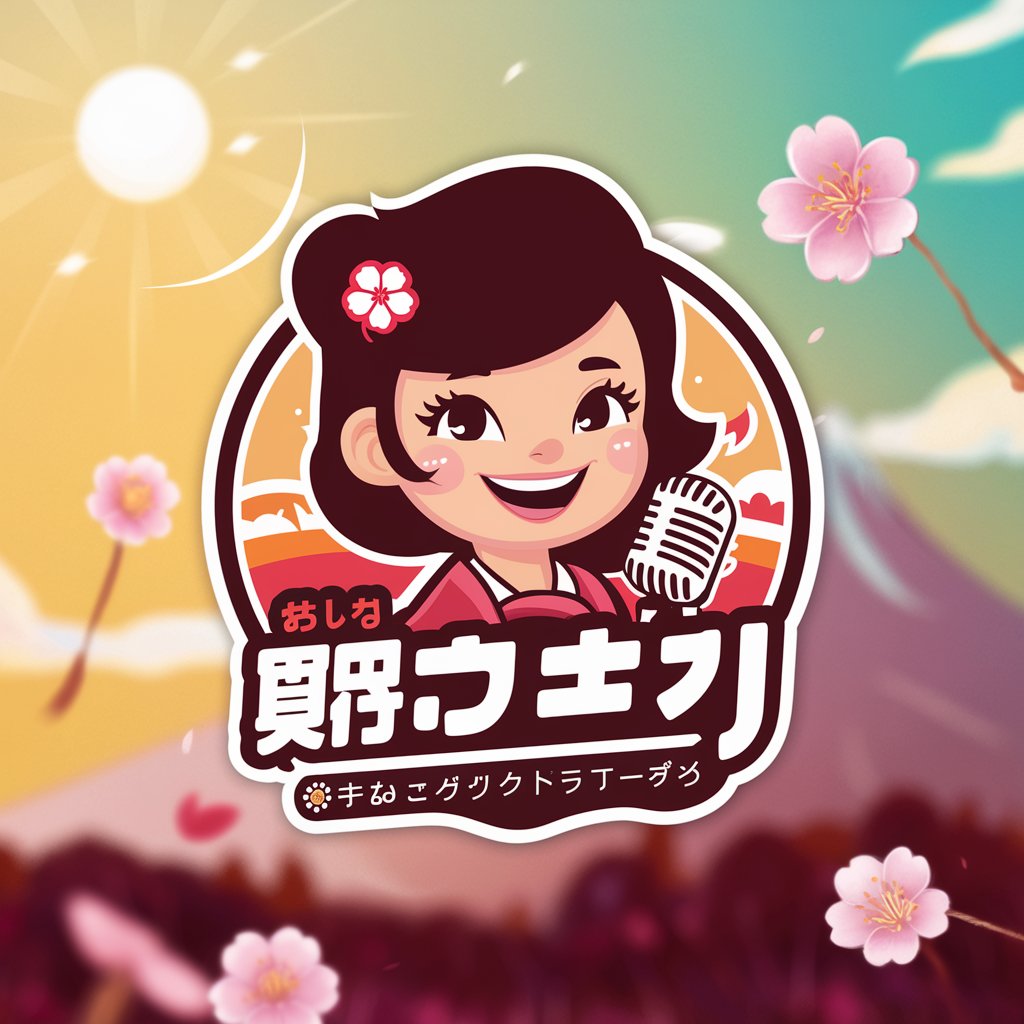
VA Disability Assistant
AI-powered veteran disability claim drafting

Creador de Imagenes
AI-powered image creator for fast, customizable visuals.

Laravel & Vuejs 3 With Inertia
AI-powered scaffolding and guidance for Laravel + Vue 3 with Inertia

Joshua - UFO Disclosure Ai
AI-powered drafting and research for disclosure

Kali Linux Pro Guide
AI-powered guide for Kali Linux workflows

Analisis De Datos De Excel
AI-powered Excel analysis for faster insights

UI/UX Design Portfolio Builder
Design your UI/UX portfolio with AI

Deep Reinforcement Learning
AI-powered DRL: train adaptive agents faster
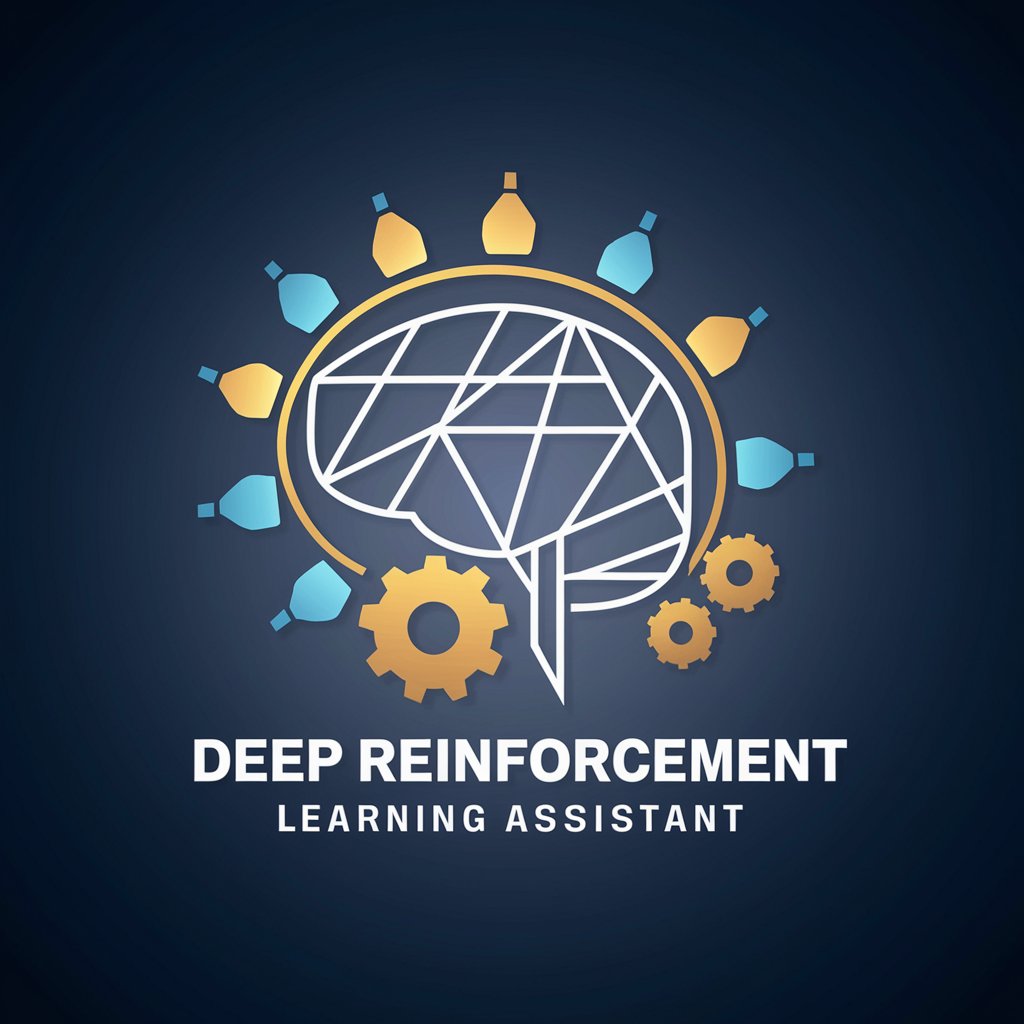
Neo4j Cypher Wizard
AI-powered Cypher query generator for Neo4j
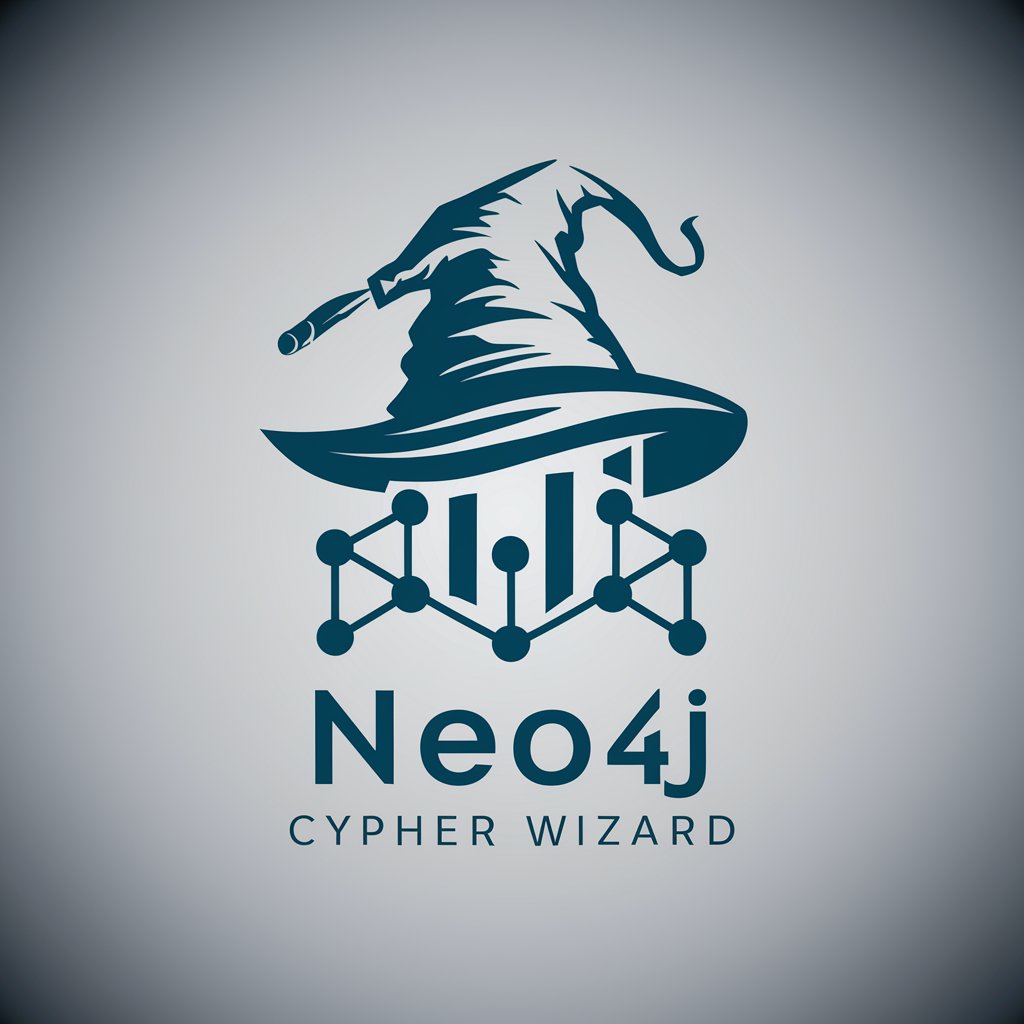
- Character Customization
- Multiplayer Collaboration
- Solo Adventure
- Ninja Combat
- Story Exploration
Frequently Asked Questions about Naruto RPG Isekai Adventure
What is Naruto RPG Isekai Adventure?
Naruto RPG Isekai Adventure is an interactive role-playing game that blends elements from the Naruto universe with an isekai-style narrative. Players create and customize a ninja character, explore different worlds, complete quests, battle enemies, and evolve their skills and gear.
Do I need a ChatGPT Plus subscription to play?
No, you do not need a ChatGPT Plus subscription to play Naruto RPG Isekai Adventure. The game offers a free trial, and you can start exploring the adventure right away without any additional costs.
What is the multiplayer feature about?
The multiplayer feature allows players to team up with others in real-time. You can join forces with other players to tackle challenging quests, engage in large-scale battles, or participate in cooperative missions. It’s a great way to enhance the gaming experience and make new allies.
Can I play offline?
No, Naruto RPG Isekai Adventure requires an internet connection to play. This is due to the multiplayer interactions and the need to access game updates and live events. However, once you’ve completed certain content, you can play solo missions offline.
What kind of character customization options are available?
You can fully customize your character's appearance, including clothing, hairstyle, and facial features. Additionally, you can choose a specific clan affiliation and a unique set of ninja abilities. As you progress, you can unlock even more abilities and upgrade your skills for advanced gameplay.


